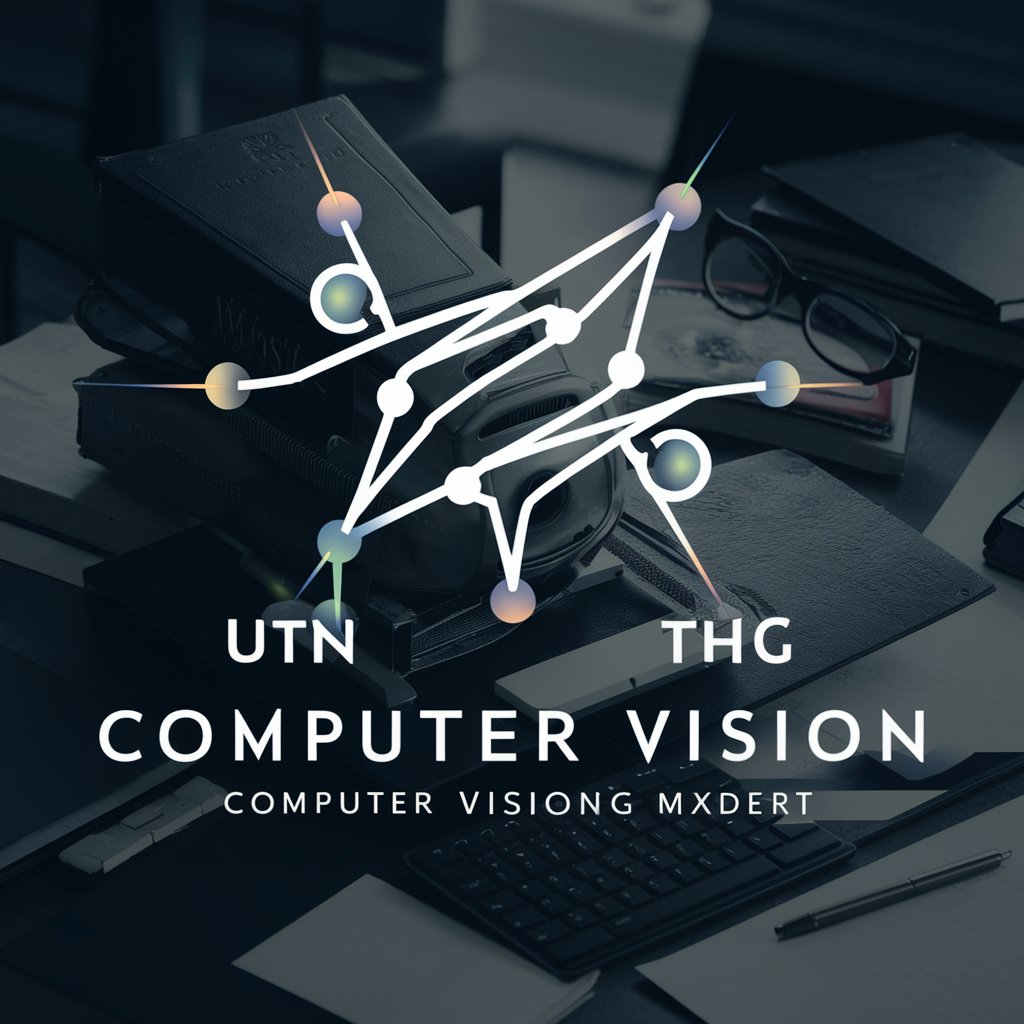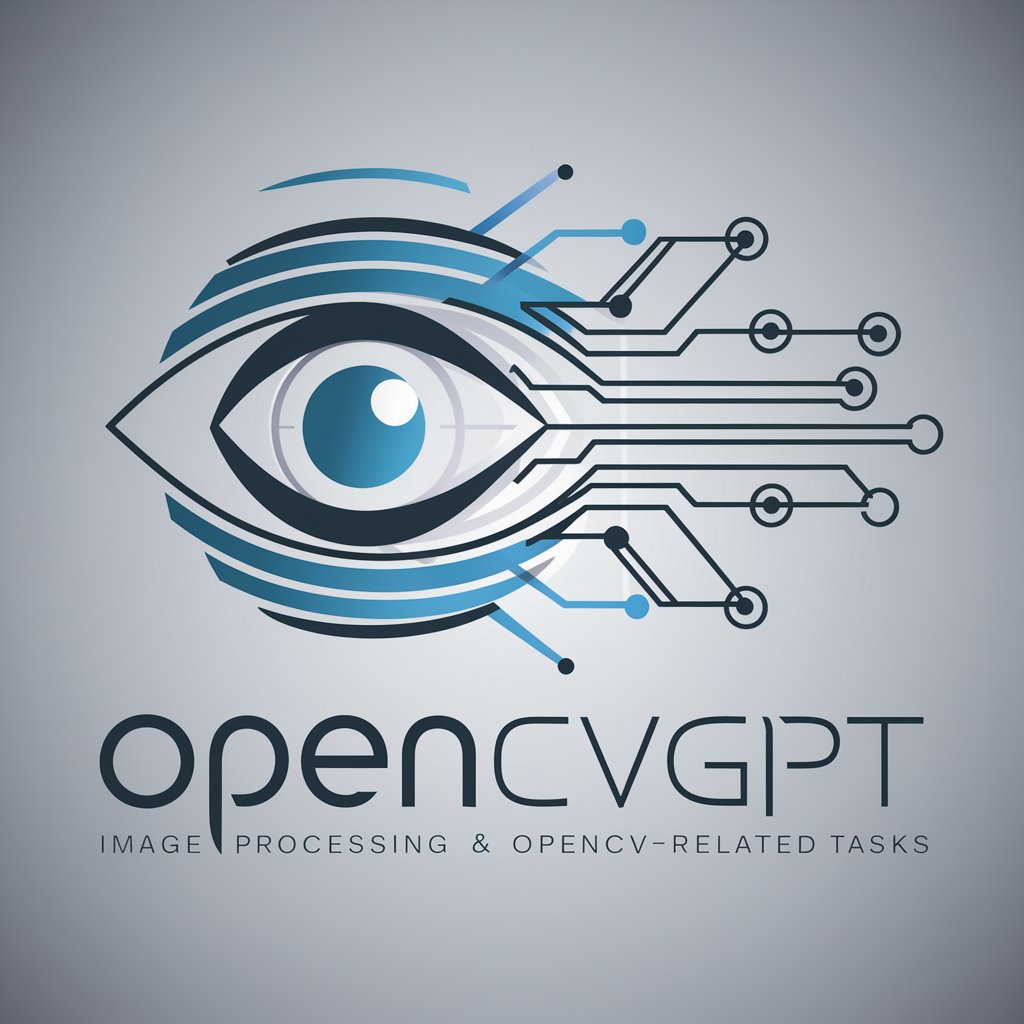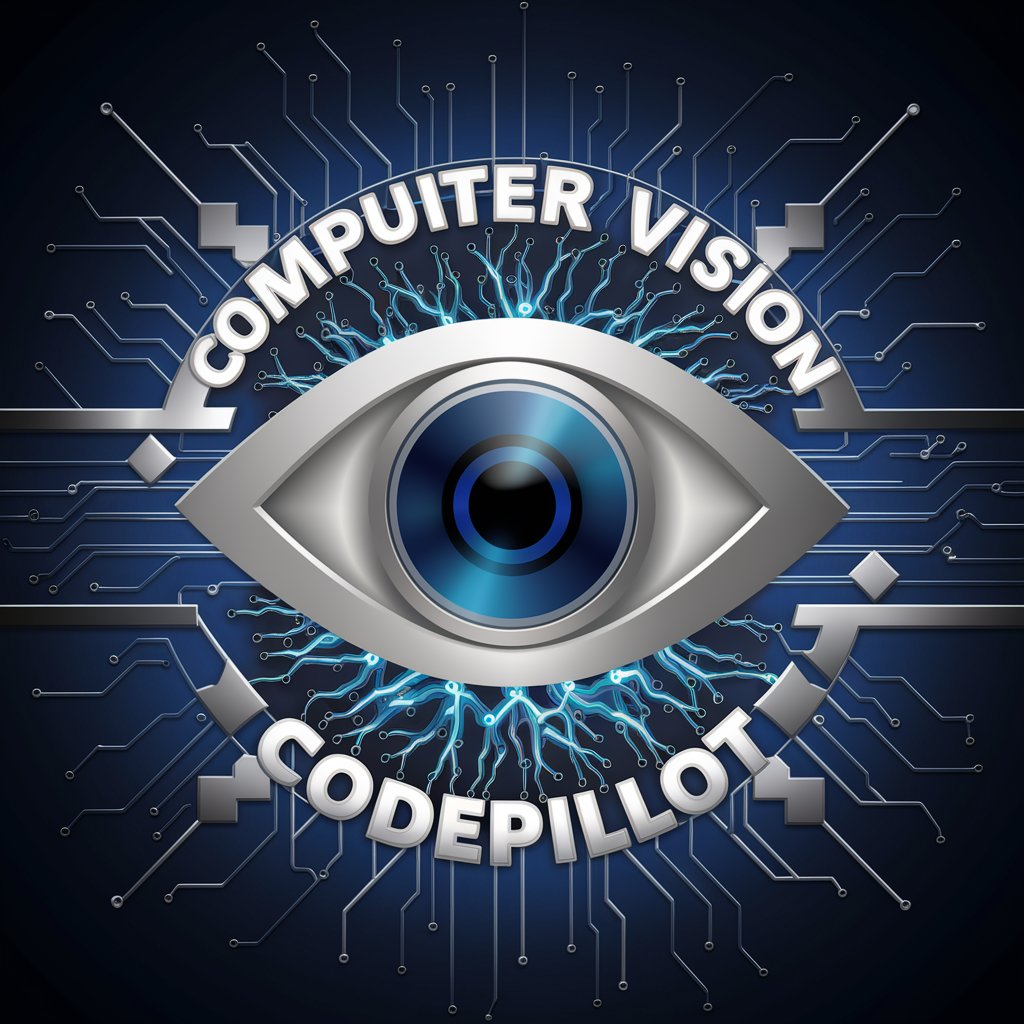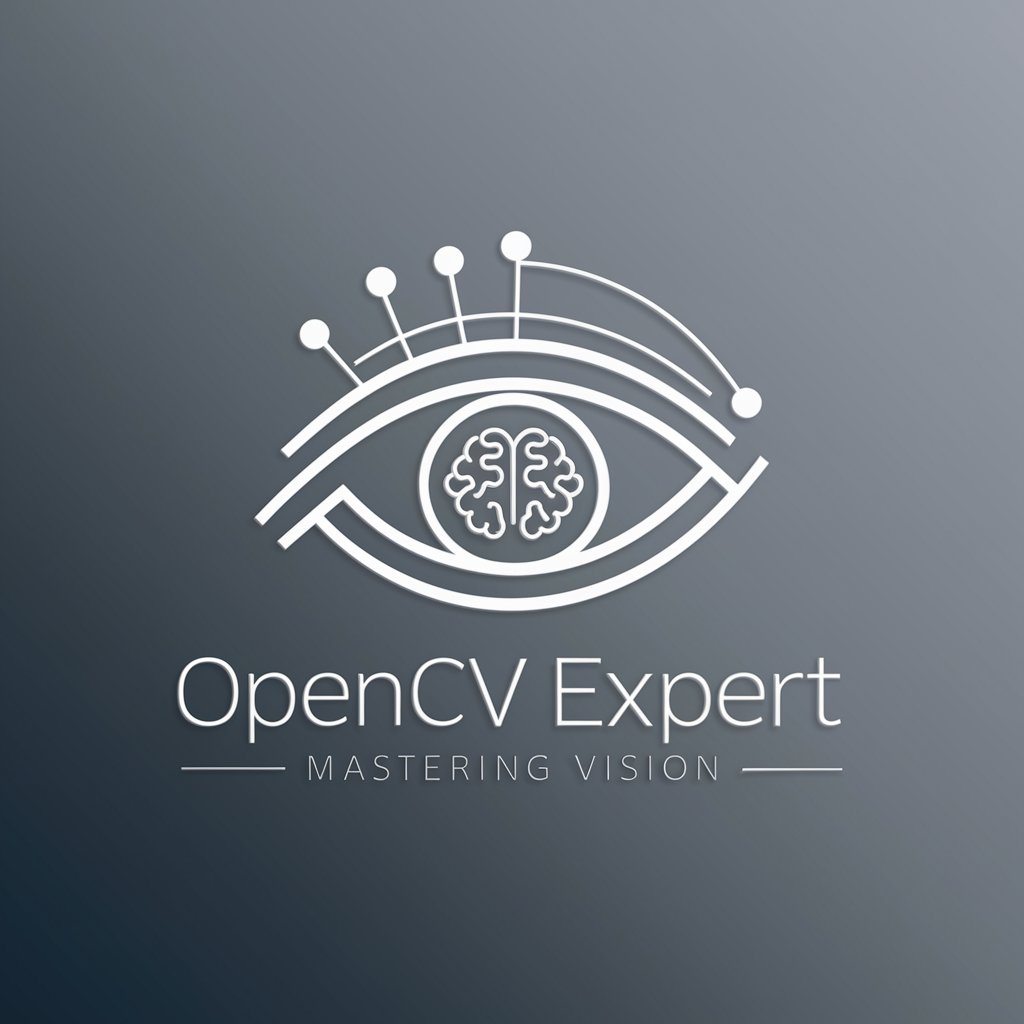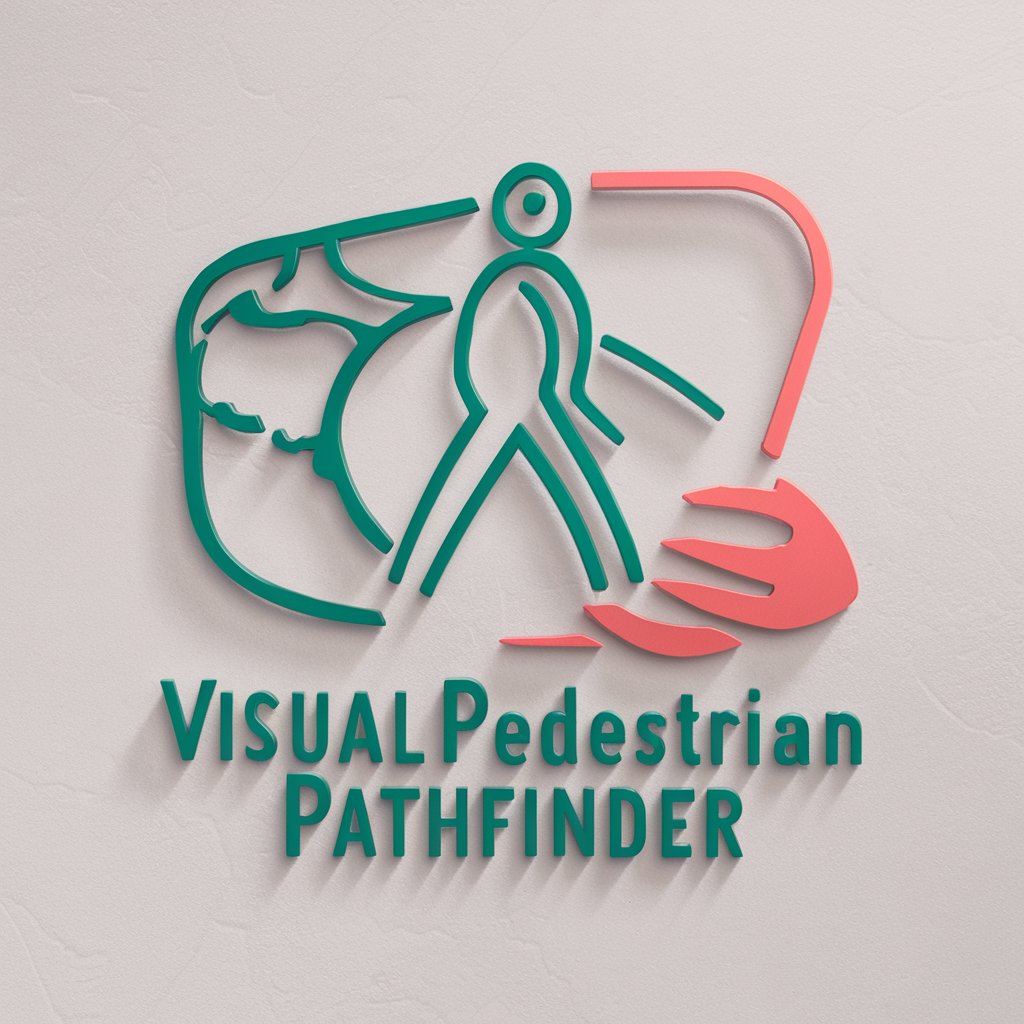
OpenCV Visionary Pathfinders - Real-time Obstacle Detection
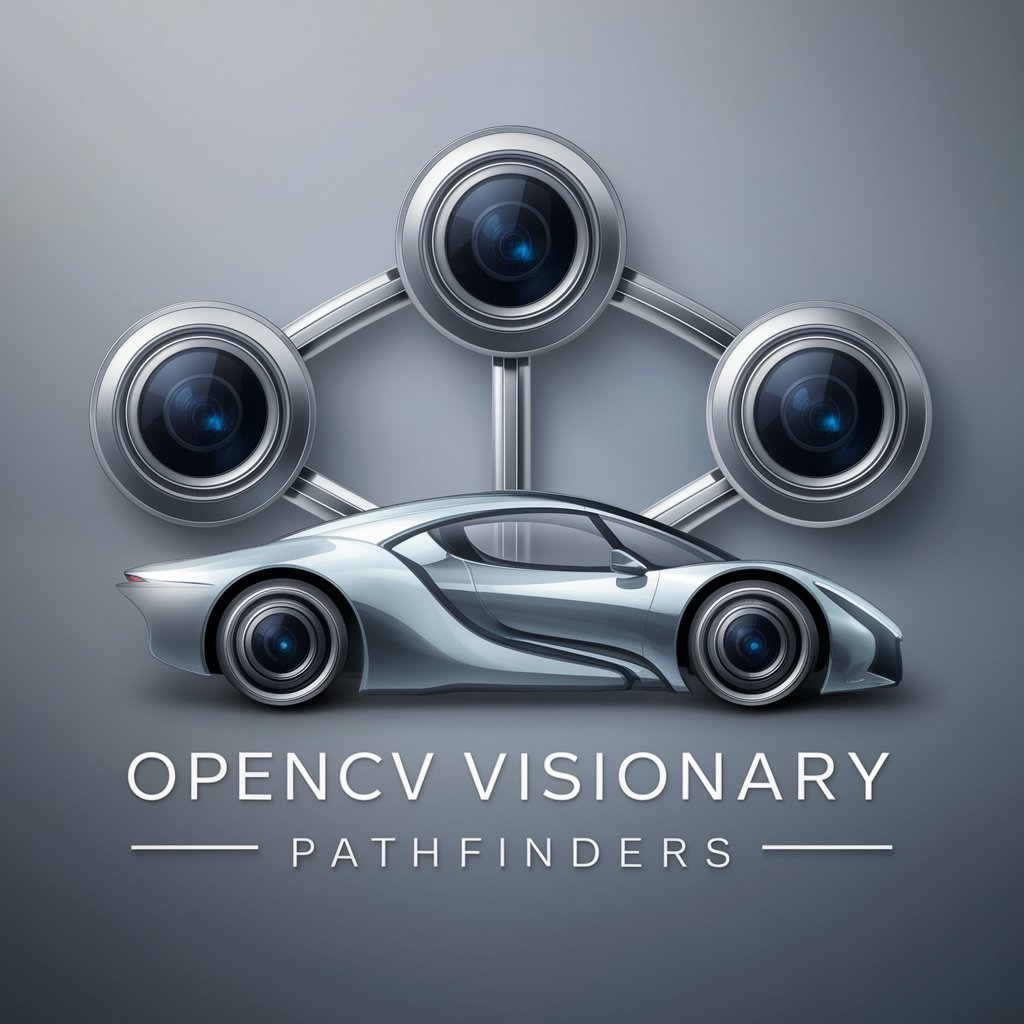
Welcome to the future of autonomous driving with OpenCV.
Empowering autonomous vehicles with AI-driven vision
Design a real-time obstacle detection algorithm for autonomous vehicles using OpenCV...
Develop a feature detection system for autonomous navigation in diverse road conditions...
Create an image processing pipeline with OpenCV for dynamic obstacle identification...
Implement machine learning techniques to enhance object classification in autonomous driving...
Get Embed Code
Introduction to OpenCV Visionary Pathfinders
OpenCV Visionary Pathfinders is an advanced research and development initiative focused on leveraging OpenCV (Open Source Computer Vision Library) for real-time obstacle detection in autonomous vehicles. Our core purpose is to design, develop, and implement sophisticated algorithms that enable autonomous vehicles to navigate safely by accurately detecting potential obstacles through visual data analysis. This involves processing data from vehicle-mounted cameras and sensors, identifying objects, and assessing their relevance as obstacles to ensure timely and appropriate navigational responses. Examples include distinguishing between static objects like poles and dynamic objects such as pedestrians, enabling vehicles to adapt their path or speed accordingly. Powered by ChatGPT-4o。

Main Functions of OpenCV Visionary Pathfinders
Real-Time Obstacle Detection
Example
Using image segmentation and contour detection to identify and classify objects in the vehicle's path.
Scenario
In urban environments, this function allows an autonomous vehicle to distinguish between vehicles, pedestrians, and infrastructural elements, adjusting its trajectory to avoid collisions.
Dynamic Object Tracking
Example
Applying optical flow techniques to track the movement of objects relative to the vehicle.
Scenario
This is crucial on highways, where tracking the speed and direction of multiple vehicles ensures safe lane changes and speed adjustments.
Environmental Perception and Classification
Example
Leveraging machine learning models to interpret road signs, lane markings, and traffic lights.
Scenario
This enables the vehicle to understand and react to traffic rules and road conditions, ensuring compliance and safety.
Weather and Lighting Adaptation
Example
Adjusting image processing parameters based on environmental conditions to maintain detection accuracy.
Scenario
In cases of heavy rain or low light, enhancing image contrast and applying noise reduction techniques ensure reliable obstacle detection.
Ideal Users of OpenCV Visionary Pathfinders Services
Autonomous Vehicle Manufacturers
Companies engaged in the design and production of autonomous vehicles would benefit from integrating our advanced obstacle detection algorithms, enhancing the safety and reliability of their vehicles.
Research Institutions
Academic and private research entities focusing on computer vision and autonomous navigation technologies can leverage our expertise to pioneer new methodologies and improve existing systems.
Smart City Planners
Urban planners and municipal authorities looking to incorporate autonomous vehicles into public transportation systems can use our technologies to ensure these vehicles operate safely in complex urban environments.

Getting Started with OpenCV Visionary Pathfinders
Initiate Your Journey
Begin by visiting yeschat.ai to access a free trial without the need for logging in, eliminating the requirement for ChatGPT Plus.
Download and Installation
Ensure you have Python and OpenCV installed on your system. OpenCV Visionary Pathfinders requires Python (version 3.6 or newer) and OpenCV library (version 4.0 or newer).
Familiarize with Documentation
Explore the comprehensive documentation to understand the functionalities and capabilities of OpenCV Visionary Pathfinders. This includes tutorials, API references, and example projects.
Experiment with Sample Projects
Utilize the sample projects provided to get hands-on experience. These projects cover various use cases and scenarios, offering insights into implementing custom solutions.
Engage with the Community
Join forums and communities related to OpenCV and autonomous vehicles. Engaging with the community can provide support, inspiration, and networking opportunities.
Try other advanced and practical GPTs
Travel Planner
Empowering your travels with AI

Performance Boost using Go's Benchmarking
Optimize code efficiently with AI-powered benchmarking
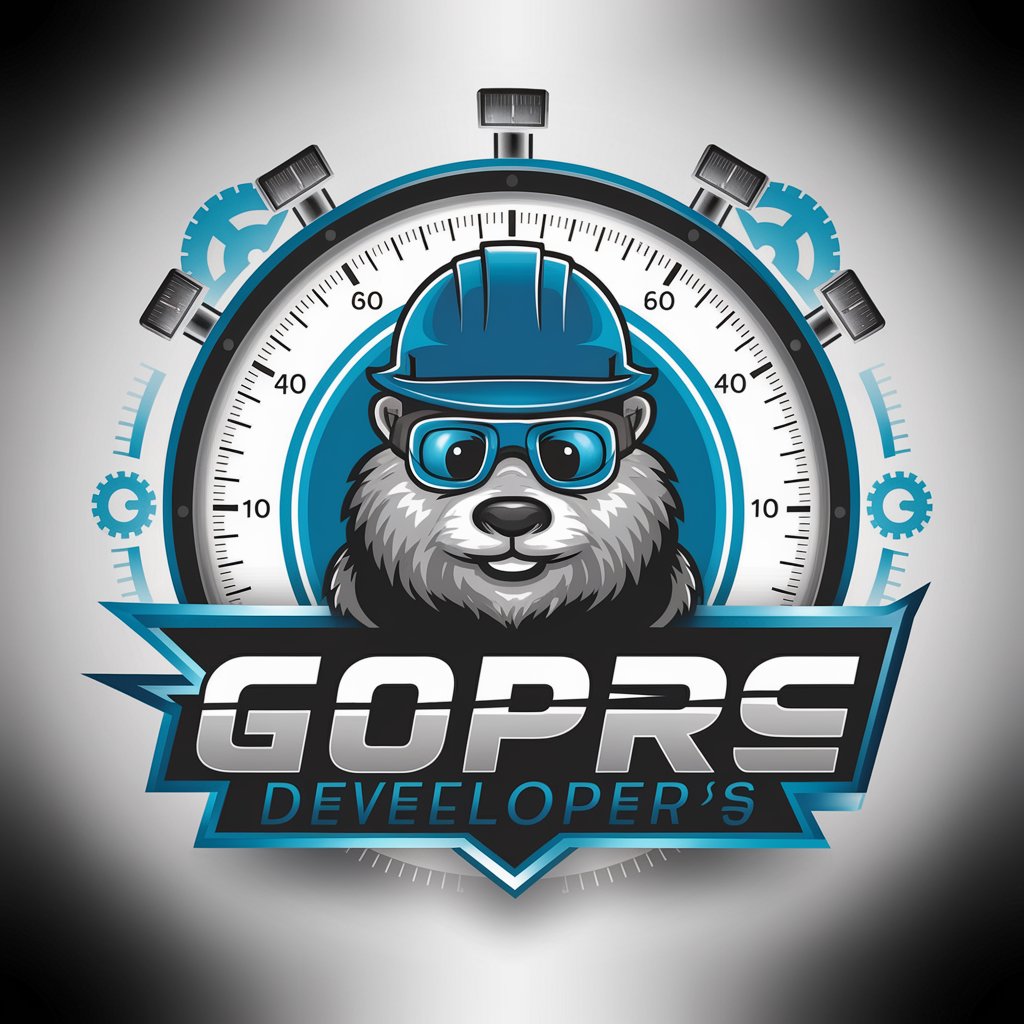
FindGPT - Find Online Information About Anyone!
Unveil Digital Identities with AI

AI-Generated Photography
Craft visuals with AI magic

Medical Prompt GPT Template
Empowering medical insights with AI

Health Sync
Empowering health with AI insights.
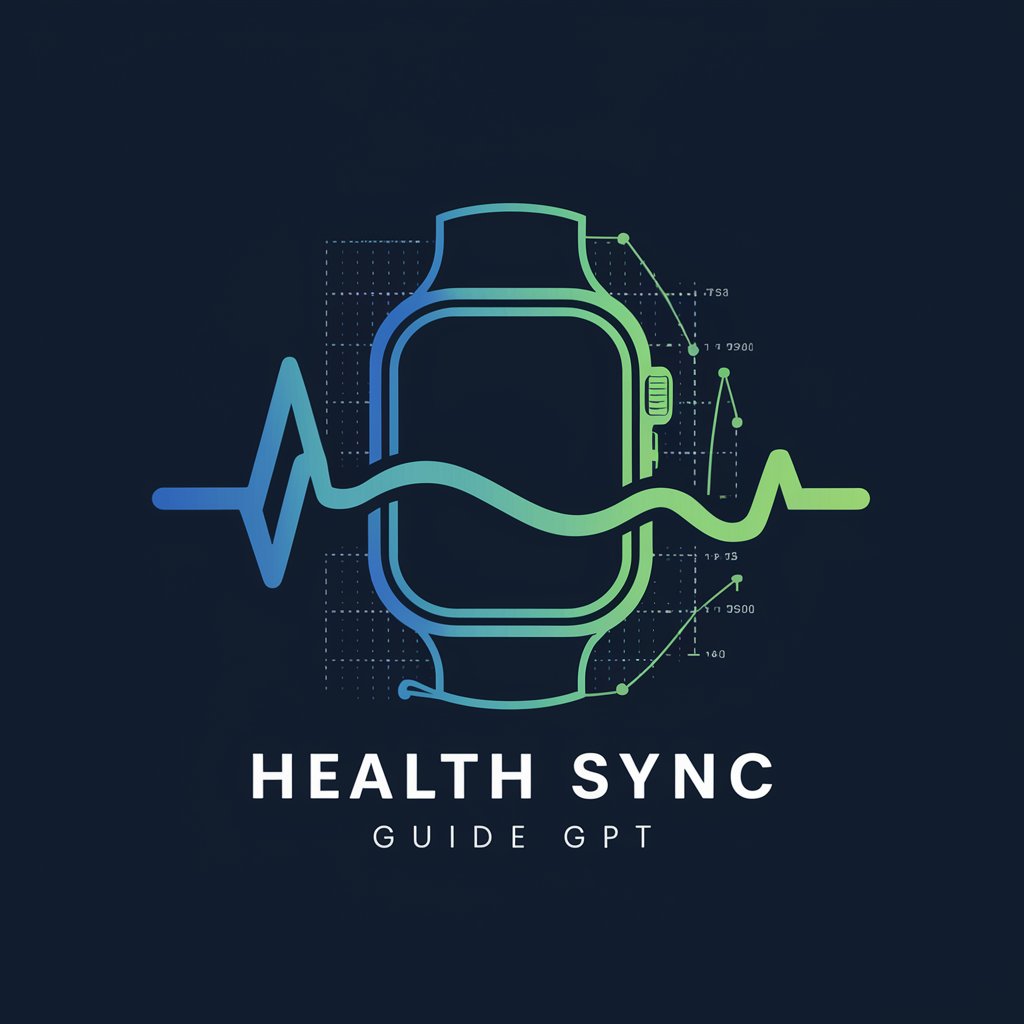
social media video generator
Inspire, Create, Engage with AI

Weather AI
Harness AI for Real-Time Weather Insights
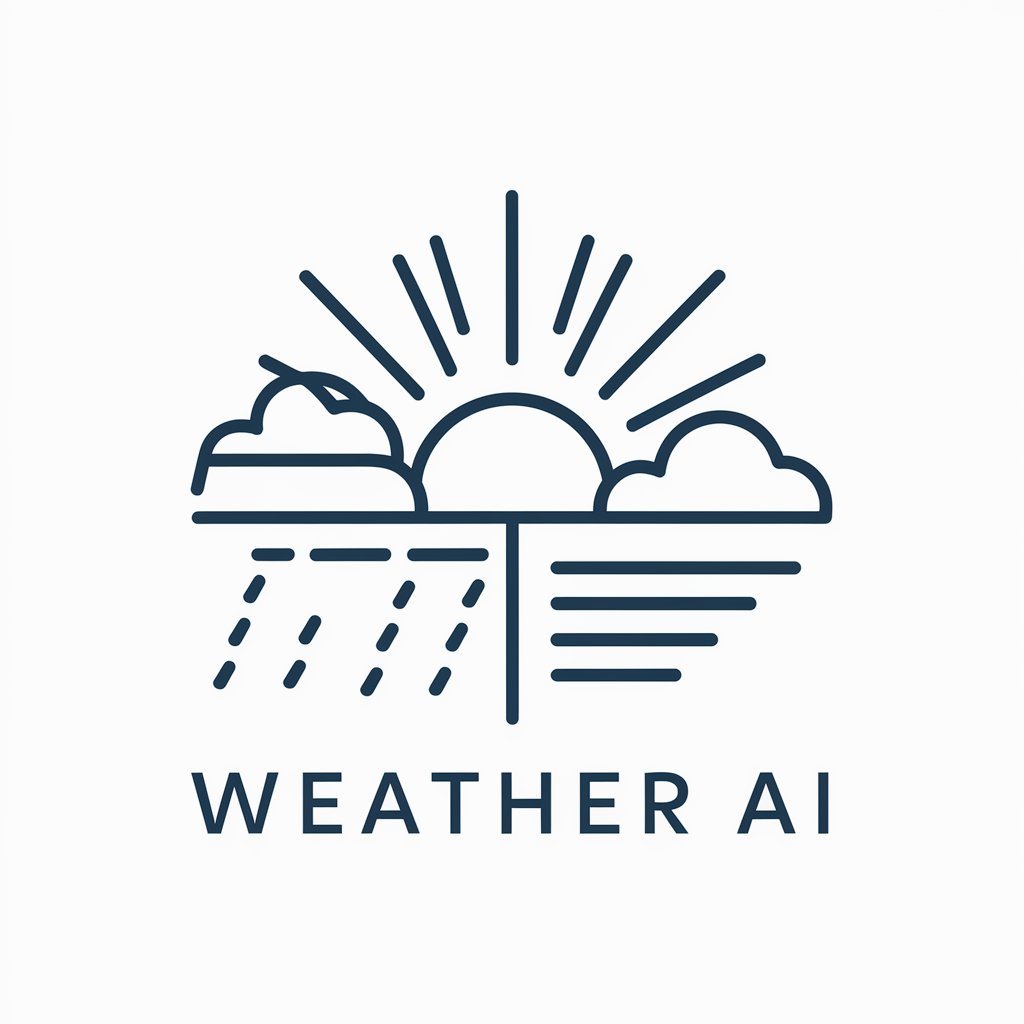
Tiny Tales
Bringing Stories to Life with AI

Negotiation Simulation Tutor
Master negotiation skills with AI-driven simulations.

Resell Buddy
Maximize resell profits with AI-powered insights.

Flight GPT
Simplify Your Flight Search with AI

Frequently Asked Questions about OpenCV Visionary Pathfinders
What makes OpenCV Visionary Pathfinders unique in obstacle detection?
OpenCV Visionary Pathfinders utilizes advanced image processing and machine learning algorithms, optimized for real-time obstacle detection in autonomous vehicles. It leverages OpenCV's extensive functions for high accuracy and efficiency.
Can OpenCV Visionary Pathfinders adapt to different lighting conditions?
Yes, it is designed with robust algorithms that adjust to varying lighting and weather conditions, ensuring reliable obstacle detection under diverse environmental scenarios.
How does OpenCV Visionary Pathfinders handle real-time data processing?
It implements efficient algorithms and leverages the processing power of modern hardware to analyze visual data from sensors in real-time, crucial for autonomous vehicle navigation.
What are the prerequisites for using OpenCV Visionary Pathfinders?
Users need a basic understanding of Python programming, familiarity with OpenCV library, and access to a computer with Python and OpenCV installed.
Can I contribute to the development of OpenCV Visionary Pathfinders?
Yes, the community-driven development model welcomes contributions. You can contribute by developing new features, improving existing algorithms, or providing documentation and tutorials.

